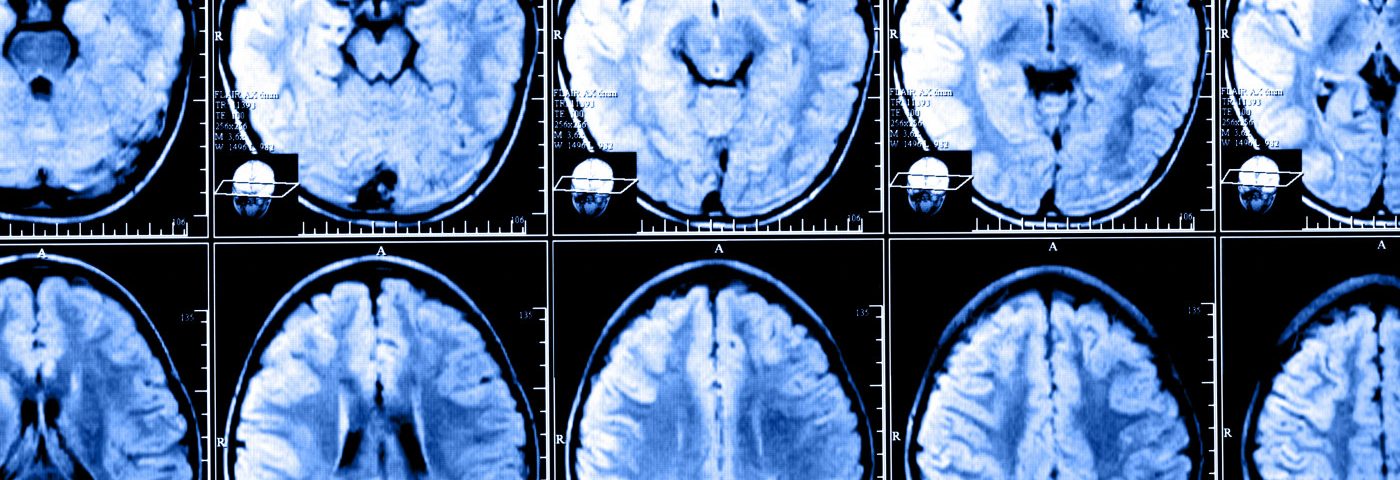The Unwelcome Follower

When a family member was recently diagnosed with a potentially hereditary condition, I felt a pang of fear. Given my overwhelming list of daily symptoms and health issues, the threat of another diagnosis loomed. I’ve learned there is no cap on chaos or arbitrary line drawn between a manageable and unmanageable amount of trauma.
I figured that the sooner I had an answer, the better it would be for moving forward. Nesting in ambiguity has never been reassuring to me; a lack of clarity merely intensifies my anxiety and feeds my fears. Searching through old records as thick as textbooks from college, I still could not find my latest MRI from 2011.
After a few phone calls, I tracked down the report and a copy of the original image of my brain. Scanning the report for unfamiliar words, I read the findings. I was surprised to feel anything at all about the lesions in my basal ganglia, inactive for many decades at this point. A strange kind of gloom overtook me, not unlike the dull throb of mourning a lost cherished friend. Oh yeah, you. Again.
Many years before the MRI in 2011, my brain scan magically seemed to appear normal, absent of the lesions indicative of hypoxia at birth that resulted in cerebral palsy. Upon inquiring about how this could be possible, my chiropractic neurologist explained that over time, and with intensive neurological rehabilitation like I had, new neural pathways form and can overlay original areas of damage. The formation of new pathways can make the older, damaged areas imperceptible to imaging technology.
Although he delivered this information to me at a juncture in which I was clinging to the threads of life, it seemed somehow magical. The idea that my brain could at least appear normal, devoid of trauma and warfare, invoked a sense of hope. Tangible evidence that my brain looked beautiful on a screen, despite its deficiencies in functionality, seemed to lessen the doctrine of stigma that had been forever attached to me. The unblemished image also indicated to me that despite pervasive assumptions to the contrary, I could and had healed.
So, as I reread the words from my 2011 MRI indicating that the lesions were still visible, I felt the magic drain. “Hypoxia causing cerebral palsy.” Cerebral. Palsy. As I’ve mentioned in previous columns, my problem with my disability is not mine, it is rather how people perceive it and, in turn, choose to dehumanize me. The MRI is a reminder that this pesky label to which most people unconsciously attach exponential meaning, is still following me around.
***
Note: Cerebral Palsy News Today is strictly a news and information website about the disorder. It does not provide medical advice, diagnosis, or treatment. This content is not intended to be a substitute for professional medical advice, diagnosis, or treatment. Always seek the advice of your physician or other qualified health provider with any questions you may have regarding a medical condition. Never disregard professional medical advice or delay in seeking it because of something you have read on this website. The opinions expressed in this column are not those of Cerebral Palsy News Today or its parent company, BioNews Services, and are intended to spark discussion about issues pertaining to cerebral palsy.



Leave a comment
Fill in the required fields to post. Your email address will not be published.